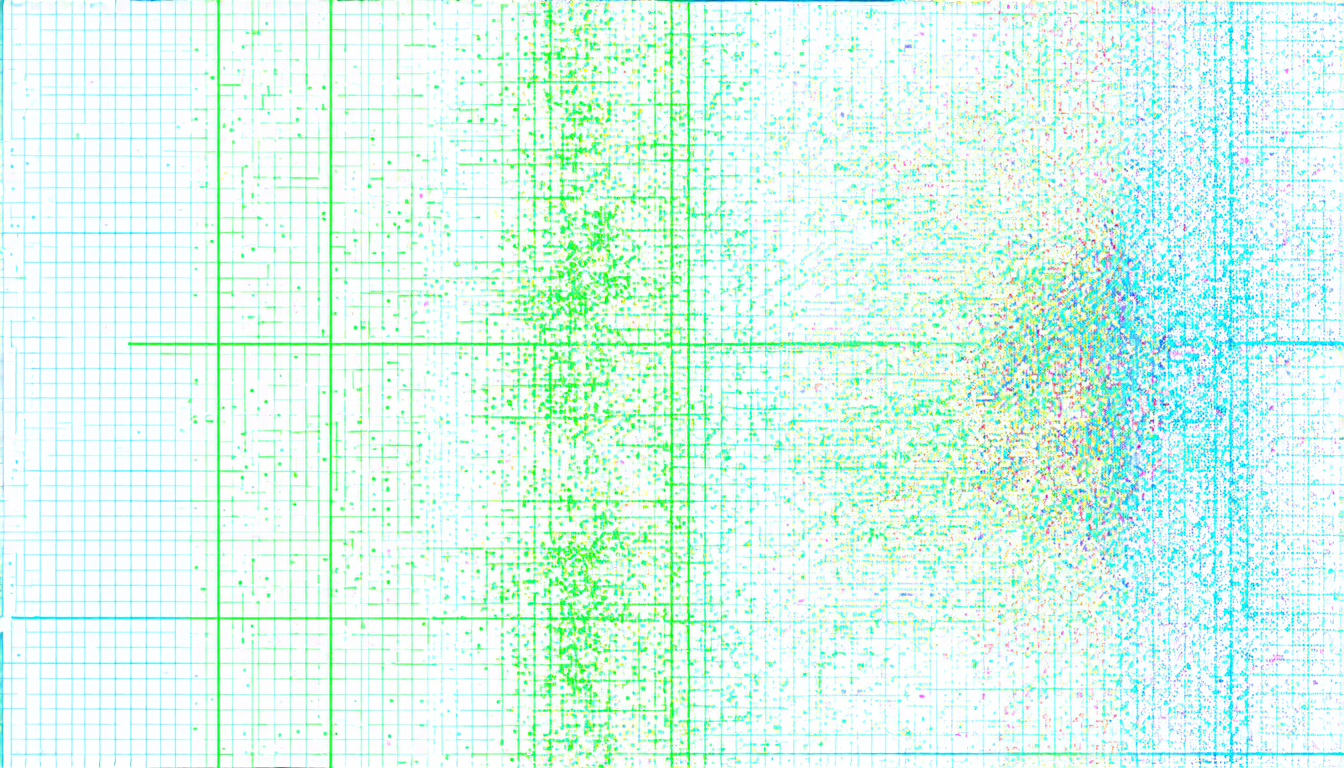Thursday 10 April 2025
Scientists have long sought to understand the complex behavior of electrons in disordered materials, where tiny imperfections can drastically alter their properties. Now, a team of researchers has made significant progress in this area by developing a new algorithm that can accurately simulate the behavior of these materials.
The algorithm, known as coherent cellular dynamical mean-field theory (C-CDMFT), is designed to tackle the challenge of simultaneously modeling nonlocal electronic correlations and disorder in strongly correlated electron systems. This is important because many real-world materials, such as superconductors and magnets, exhibit both properties.
Traditionally, scientists have used separate models to study these two phenomena, but this approach has limitations. C-CDMFT takes a different tack by combining the molecular coherent potential approximation (MCPA) with the cellular dynamical mean-field theory (CDMFT). This allows for a more comprehensive understanding of how disorder affects electronic correlations.
To test their algorithm, the researchers applied it to the half-filled two-dimensional Anderson-Hubbard model, a theoretical framework that describes a material with both strong electron-electron interactions and randomness. They found that C-CDMFT accurately captured the behavior of this system, including its metal-insulator transition and magnetic phase diagram.
One of the key advantages of C-CDMFT is its ability to handle large amounts of disorder, which can be difficult for traditional models to accommodate. By using a real-space embedding approach, the algorithm can efficiently simulate systems with thousands of sites, making it possible to study complex materials at scales that were previously inaccessible.
The implications of this research are significant, as it could lead to new insights into the behavior of disordered materials and potentially even the development of novel technologies. For example, understanding how disorder affects superconductors could help scientists design more efficient and stable materials for energy applications.
In addition to its practical applications, C-CDMFT also represents a major step forward in our understanding of the fundamental physics underlying disordered systems. By providing a powerful tool for simulating these complex materials, it has the potential to open up new avenues of research and shed light on some of the most intriguing phenomena in condensed matter physics.
The researchers’ achievement is a testament to the power of interdisciplinary collaboration and the importance of pushing the boundaries of what is possible with computational simulations.
Cite this article: “Unlocking the Secrets of Disorder: A Breakthrough in Understanding Correlated Electron Systems”, The Science Archive, 2025.
Electron Behavior, Disordered Materials, Coherent Cellular Dynamical Mean-Field Theory, Molecular Coherent Potential Approximation, Cellular Dynamical Mean-Field Theory, Anderson-Hubbard Model, Metal-Insulator Transition, Magnetic Phase Diagram, Condensed Matter Physics, Superconduct







